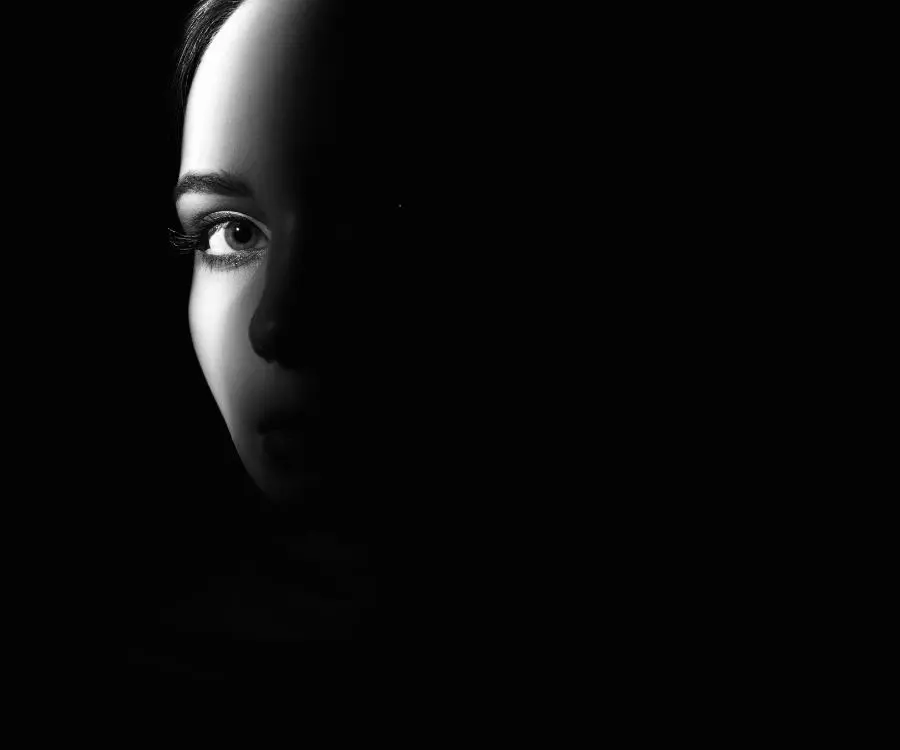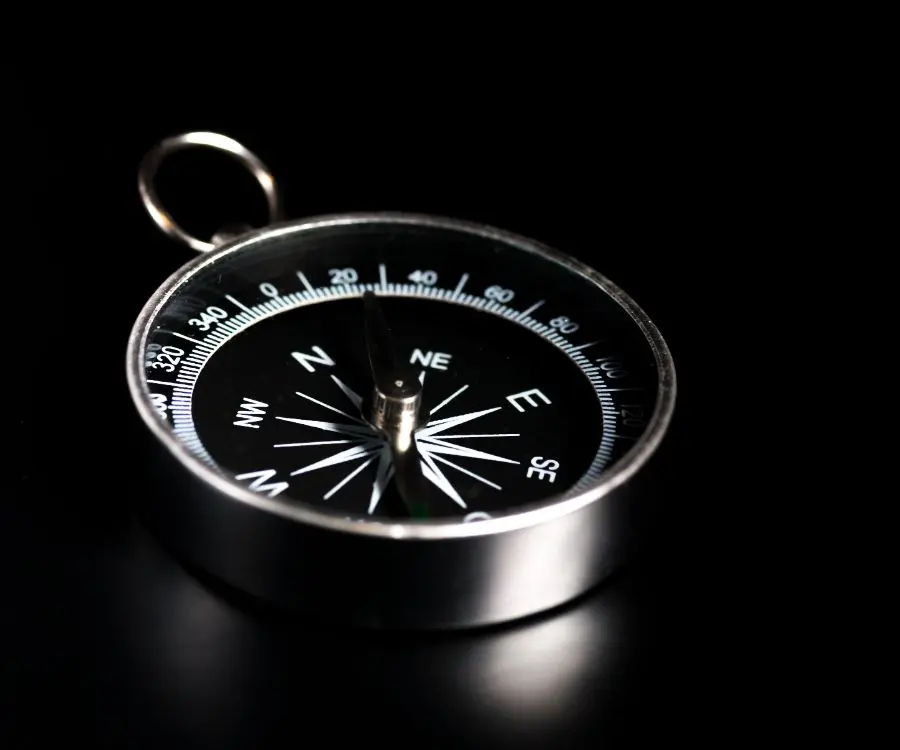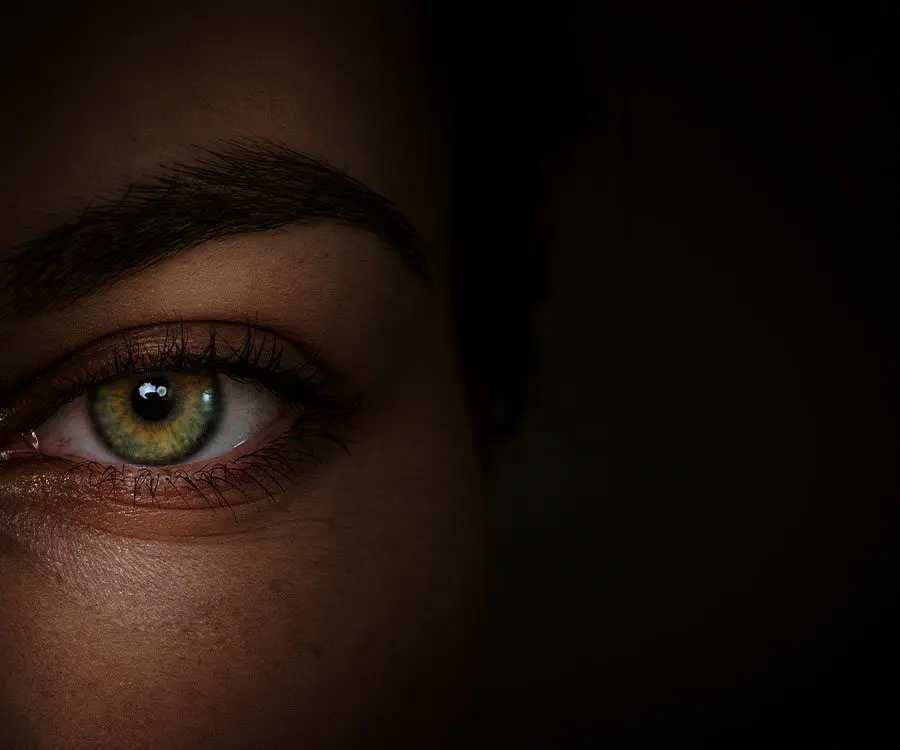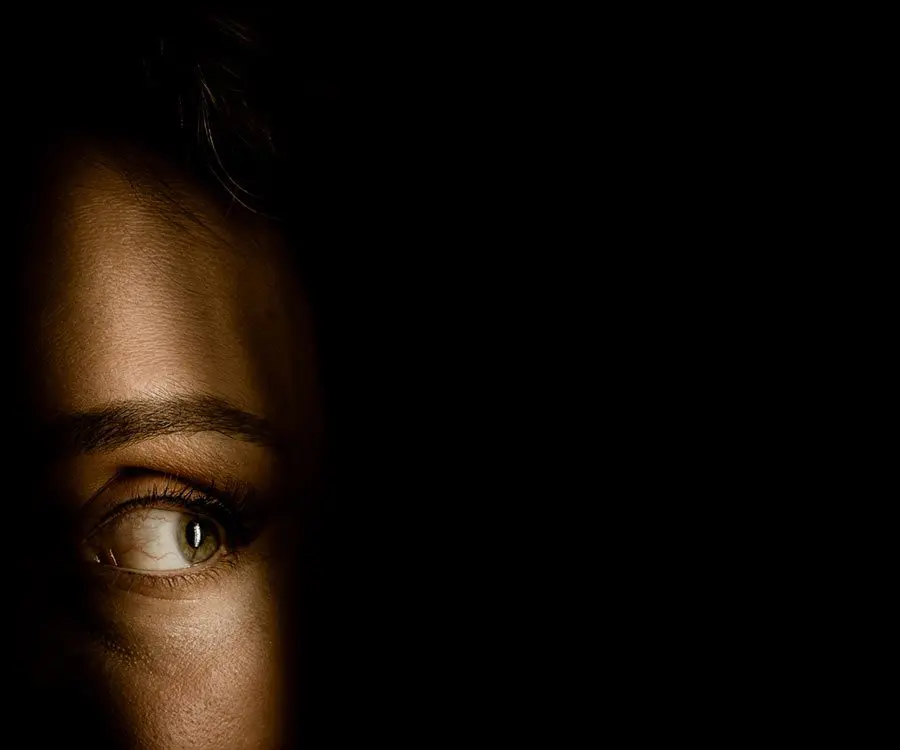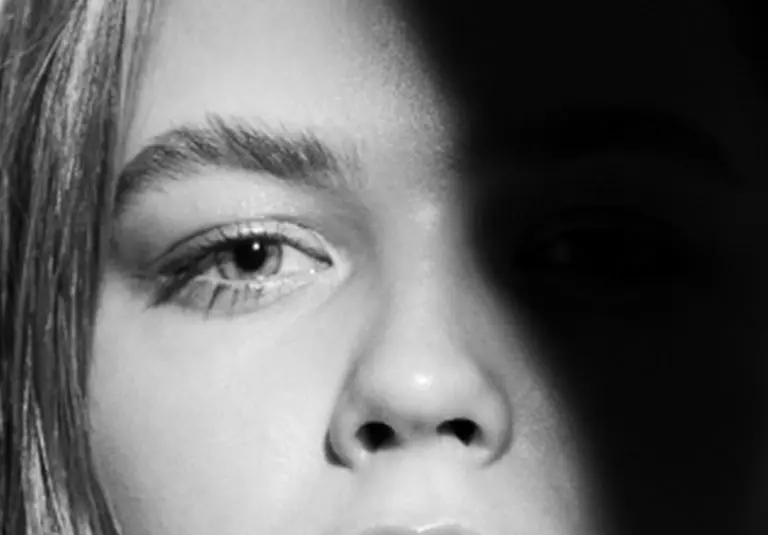
- Eyecare Tips & Tricks

- News
5 Common Eye Conditions Explained
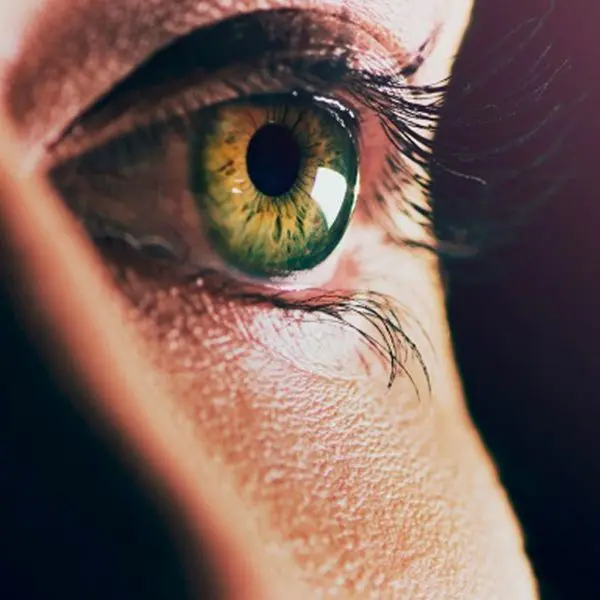
Here at LaserVision our expert eye surgeons take a look at some of the most common eye health concerns that affect people of all ages, discover the symptoms and treatments available for each individual condition.
Condition: Eyelid Cyst
Symptoms: Eyelid lump or swelling, inflamed sore eye
What is it? An eyelid cyst (or chalazion) is a small, usually painless round lump found in the upper or lower eyelid.
Causes: It is caused by a blockage of the meibomian gland (one of the small glands in the eyelid) and can sometimes be mistaken for a stye.
Who is affected? Eyelid cysts can occur at any age.
How to treat it: Eyelid cysts are usually harmless and nearly all resolve within several weeks. Applying a warm compress to the affected eye can help. If persistent, an eyelid cyst can be removed by excision and curettage. However, if the lump bleeds or does not resolve in a few weeks I recommend having it checked by an eye surgeon as it could be something more serious.
Condition: Cataracts
Symptoms: Blurry and clouded vision, sensitivity to light and glare, haloes around bright lights, difficulty reading small print and text on television, rapidly changing eyeglasses or contact lens prescription
What is it? Cataracts are formed when the eye’s natural lens (behind the iris) becomes cloudy. This lens works much like a camera lens – focusing light on the retina for clear vision and as we age, this becomes more opaque, preventing light rays from passing through it – like a frosted glass window.
Causes: The causes include; age-related, diabetes, eye trauma and medications such as steroids.
Who is affected? Cataracts mainly develop in those aged 65 or older, however, cataracts can develop at any age from childhood onwards.
Treatment options: The only proven treatment that is effective and reverses the effect of cataract is cataract surgery – the surgical removal of the natural lens and implantation of an artificial lens.
Laser cataract surgery is now also available which is minimally invasive and brings a whole new level of accuracy and precision to steps that are traditionally performed by hand.
Many patients with cataracts choose to upgrade to refractive lens exchange which allows them to choose an artificial lens tailored to their prescription. This reduces or completely eliminates the need for glasses and contact lenses.
Condition: Dry eye
Symptoms: A gritty/scratchy feeling, burning sensation, watering eyes, tiredness sensation especially towards the end of the day
What is it? A condition in which a person doesn’t produce enough quality tears to lubricate and nourish the eye. Tears are necessary for maintaining the health of the front surface of the eye as well as providing clear vision.
Causes: Dry Eye is generally caused by an imbalance of different components in the tear film that acts as a shield on the surface of our eyes.
Who is affected? While it can occur at any age, dry eye is more common in women, especially after the menopause. Rheumatoid Arthritis, Sjogren’s syndrome, and blepharitis can also contribute to the condition.
How is it treated? The key to effective dry eye treatment is to understand the underlying cause of the symptoms. Using eye drops to produce artificial tears and inserting punctal plugs to make the most of your natural tears are effective treatments for dry eye. Addressing other co-existing conditions such as blepharitis is also beneficial.
Condition: Blepharitis
Symptoms: Sore, gritty burning or tired eyes
Who is affected? This condition can impact the eye health of people of almost any age. Approximately 20% of the population have a degree of blepharitis, but not always severe enough to give symptoms.
Causes: The condition is caused by our own bacteria growing on the skin around the eyelashes. These irritate the eye and cause the symptoms.
Treatment: Blepharitis is usually a long-term condition, however, establishing a daily routine by cleaning the lashes with a special cleaning product available from an opticians and chemists can often help.
Condition: Keratoconus
Symptoms: Blurred vision, distorted vision, increasing astigmatism, poor vision in more severe cases it is not correctable with glasses or soft contact lenses
What is it? Keratoconus is a condition that affects the cornea, the clear window at the front of the eye. It causes the central area of the cornea to become weak and thinner which leads to an abnormal bulge in the shape. Keratoconus usually affects both eyes, but one is usually more affected than the other.
Causes: The exact cause of keratoconus is unknown. It is believed that genetics play a role as a significant minority of cases run in families.
Who is affected? It is usually diagnosed in the late teens or early twenties and can worsen over time.
How to treat it: In the early stages, glasses and specialist contact lenses may help correct vision. A surface surgical procedure called collagen crosslinking (CXL), wherein the cornea is made stiffer with ultraviolet light can stabilise the condition. In very advanced cases a corneal transplant may be needed.
Book a consultation with one of our eye health experts to discuss treatment for one of these conditions.
Reviews
